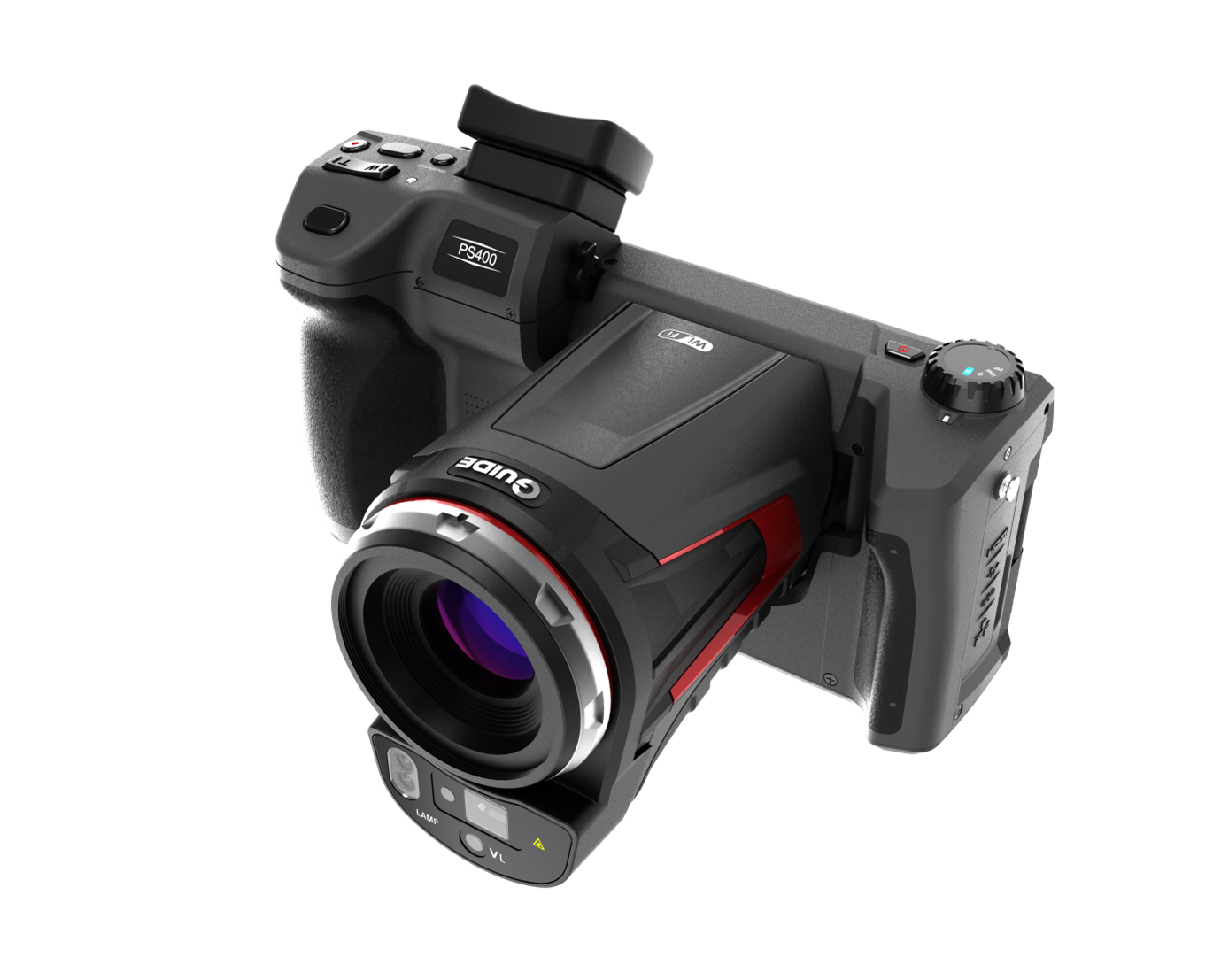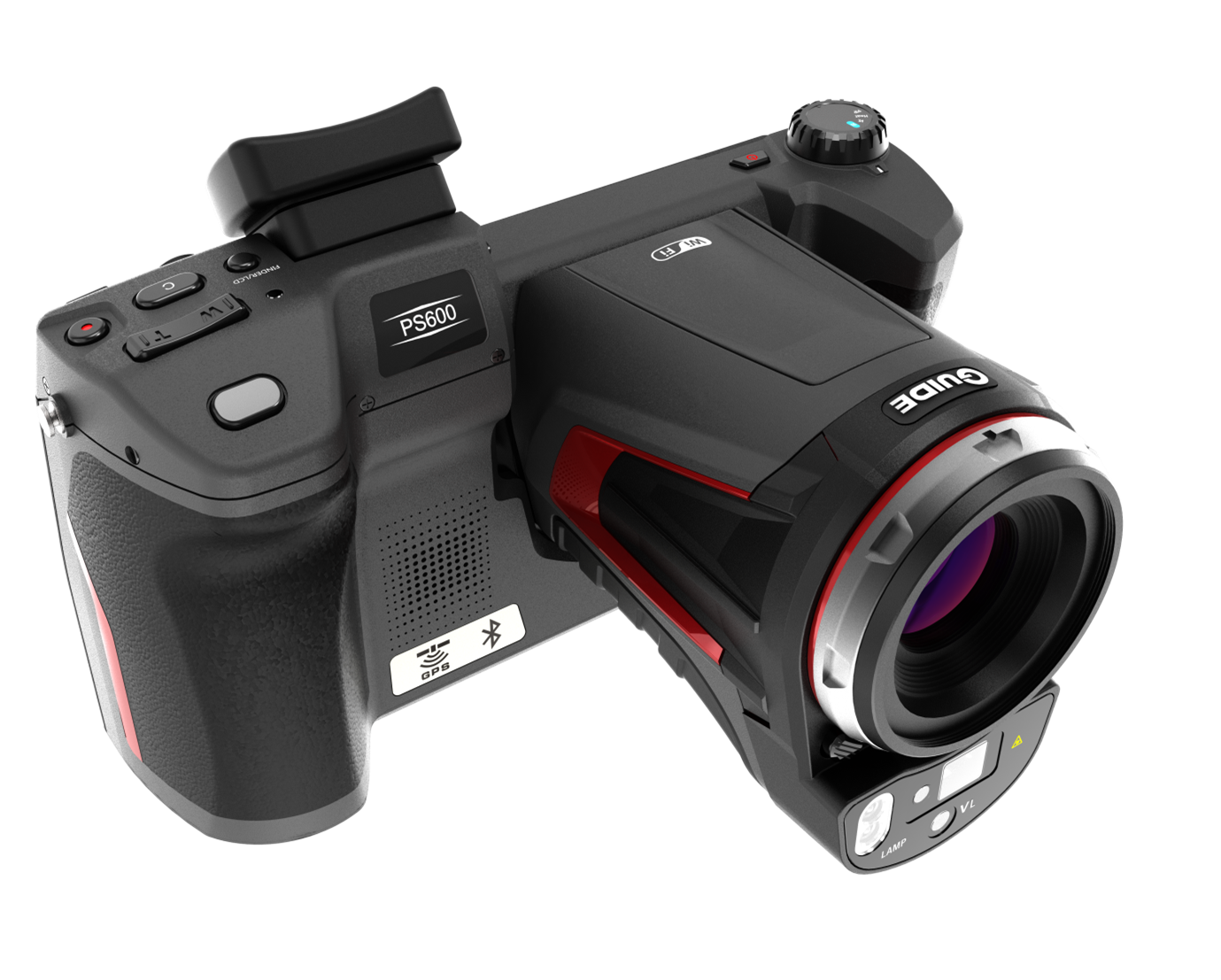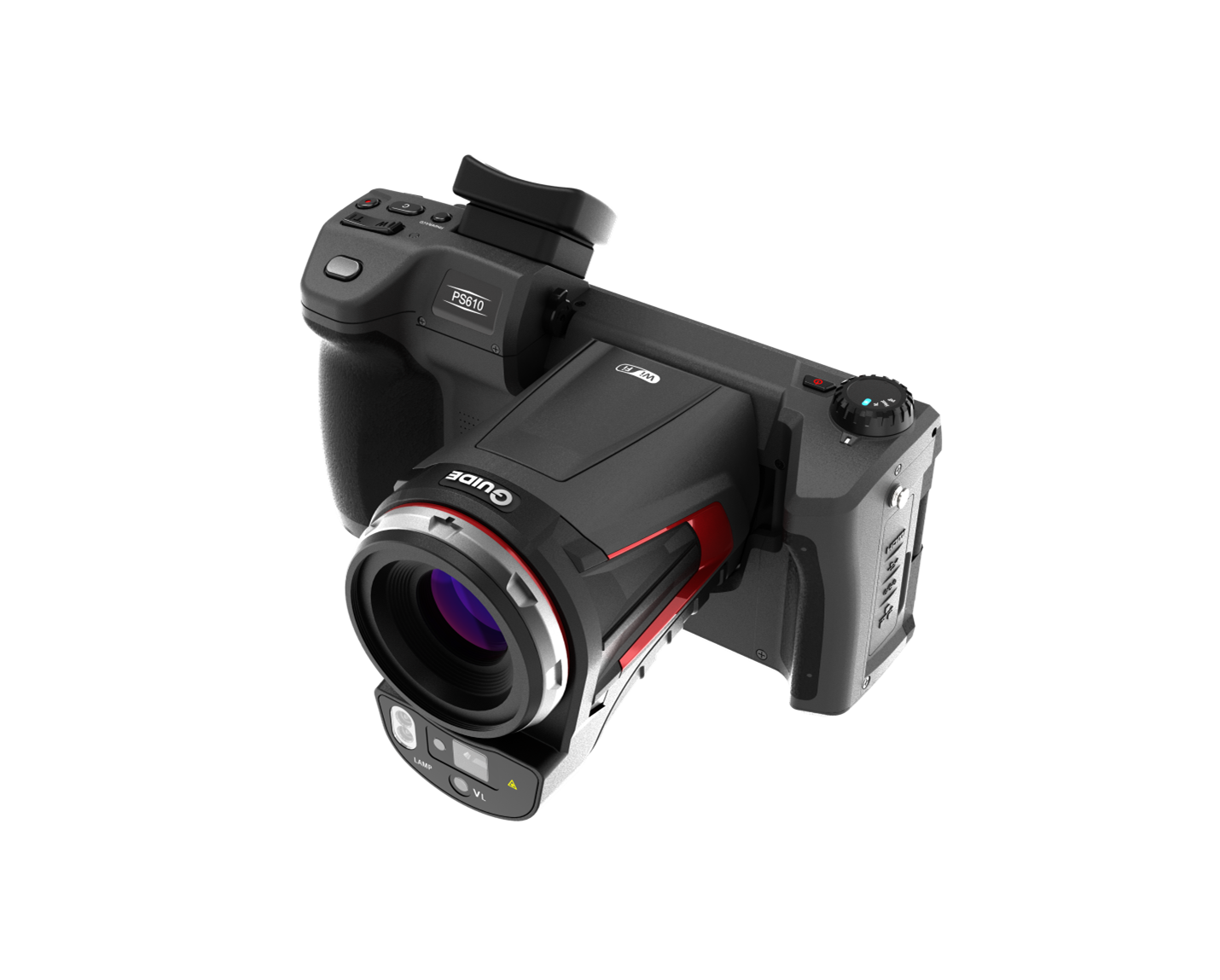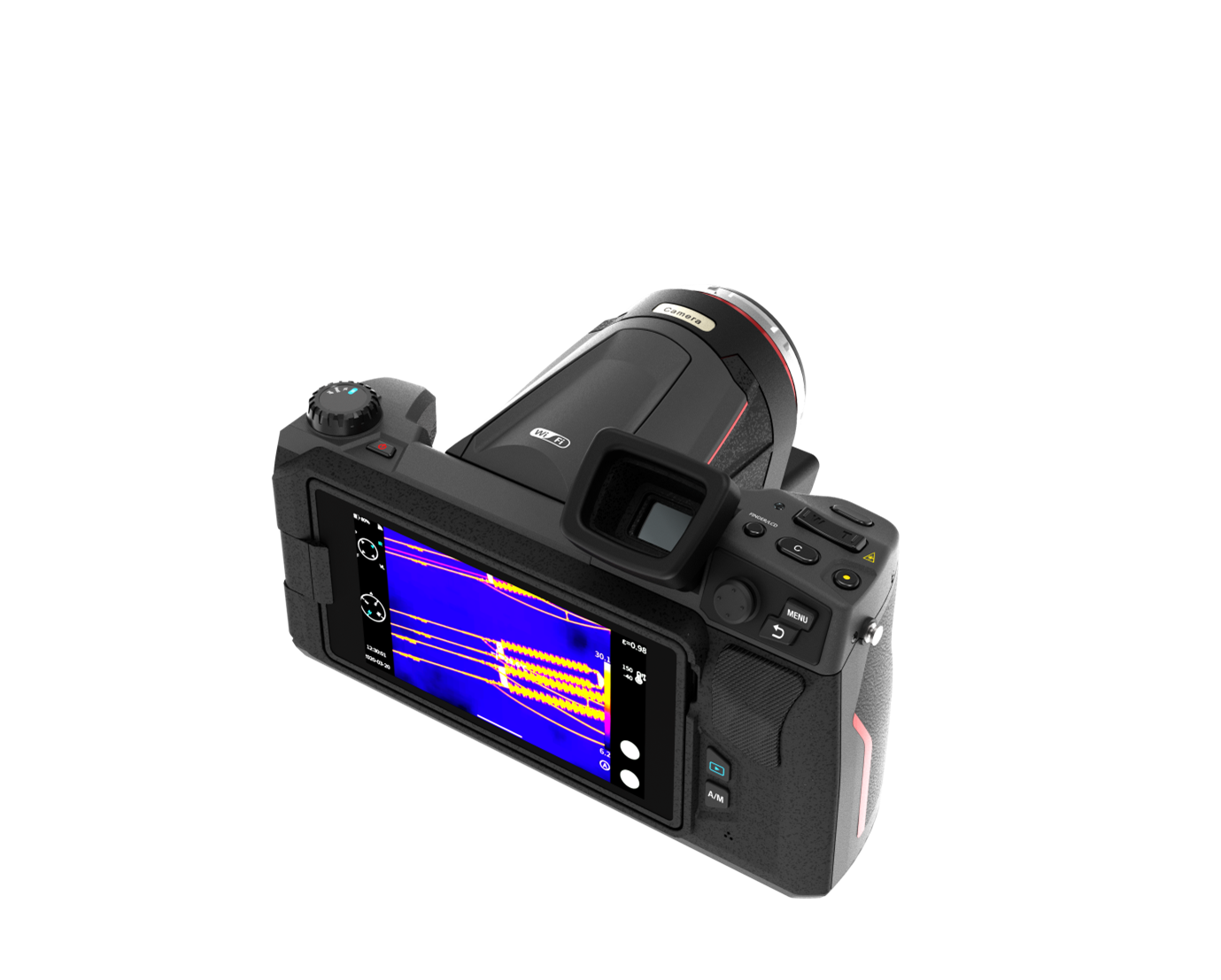Buying Best Thermographic Camera - 7 Important Considerations
As businesses continue to grow and expand, it's essential that they're able to examine their infrastructure and equipment for any potential problems and repair issues before they become too severe.
Thermal imaging cameras are a great way to do this, as they allow businesses to see the inside of structures and equipment without having to go through the hassle of taking apart or damaging them. So let's see what to consider when buying one:
7 Considerations to Buy the Best Thermographic Cameras:
1. How Will You Use It? - Let's Talk the Zoom:
Infrared thermographic cameras have various uses, and different models are made to complement those uses. For instance, if you'll use the camera for weatherization, you can work with a more affordable point-and-shoot camera to find missing insulation, leaking windows or poor weather stripping.
However, if you're an energy auditor, you need something more advanced with professional and customizable report-generation capabilities. A camera with a removable telephoto lens allows you to scan high power electrical substations or lines from a distance.
For this purpose, you can try out the PS High-Performance Thermal Cameras, which include the following models:
PS400

PS600

PS610

PS800

These are the best thermographic cameras when it comes to high-quality imaging from distances. They have from 1×~10× to 1×~35× continuously Digital Zoom depending on the model. This means you can get highly detailed images with up to 4 times the digital zoom infrared image of the original.
2. How Clear Do You Want the Image to Be? - Let's Talk Resolution:
The higher the resolution and sensitivity, the more details you can see in your images. It's important to have high-resolution images that are sensitive enough to pick up the heat signatures of your business's most crucial areas.
Make sure your thermal camera has the highest detector resolution within your budget, which will significantly impact the image quality. Higher resolution means each image will have more detail, more pixels and a higher chance of accurate measurements.
The higher the pixels, the better your results will be of targets from far away and generate crisp, sharp images, contributing to more precise measurements. All of the thermographic cameras in the PS series boast a whopping 13 million pixels, which is an excellent amount to fetch you crisp results.
However, if you want the best of the best image quality, you need to combine high pixel count with higher resolution. For this, the PS800 is an absolute beast with a 1024x786 infrared module. Plus, you can always upgrade it to super-resolution technology, which goes up to 2048x1537.
Moreover, if you need to make reports and present them to clients, having high-resolution images will make a more professional first impression on them.
Tip: The target and size of the imaging area dictate the resolution; the bigger they are, the higher resolution you need.
3. What About the Measurement Accuracy and Repeatability?
With infrared cameras, you don't just see the differences in heat. You can also measure those differences. This means the consistency and accuracy of your measurement are essential when determining a camera's value. Therefore, make sure to go for cameras that meet or exceed the industry standard ±2°C or ±2%. The cameras in the PS series come in ±2% and ±1% accuracies. Let's see them below:

It's also crucial to have different temperature-measuring parameters inbuilt into the camera. This will help you get the most accurate possible results. All of the thermographic cameras in the PS series come with the following temperature-measuring parameters.
Emissivity
Reflected temperature
Target distance
Humidity
Atmospheric transmittance
Optical transmittance
All of these measuring parameters are easy to find and adjust, ensuring no time is wasted fiddling with the camera when you're on the field.
4. What Kind of Temperatures Will You Be Working With? - Temperature Range:
Make sure to pay attention to the thermal imaging specs of the camera to learn the complete range of temperatures it's capable of measuring and is calibrated for.
Consider the temperatures you will come across in the field the most and get the camera that meets or goes above the highest temperatures you estimate to find in your fieldwork.
This is especially important if you are in industrial work where measuring temperatures for incredibly hot items like kilns, furnaces or boilers is required.
The thermographic handheld cameras in the PS series possess a range of -40°C to 150°C and 100°C to 800°C. However, if you need a higher range, you can go up to 700°C to 2000°C with the optional high-temperature lens.
5. How Far or Close Will Your Targets Be? - Field of View:
If you're inspecting subjects overhead or from a distance, you need a thermographic camera with a telephoto lens and a narrow field of view, like 15 degrees by 11 degrees.
The PS 610-15 comes with a 15° × 11°field of view, which is perfect for such applications.
If you need something for a little wider than this and for some up-close inspection, you can work with a camera having a wider lens with a 25° × 19° field of view, which is fitted in the rest of the cameras in the PS series.
6. How Long Will Be Your Inspection Routine? - Battery Life:
Will you be spending hours in the field, or will you be doing just short inspections from one site to another? Whatever the case, you don't want your camera running out of juice and dying on you during the inspection.
Make sure to get a thermographic camera that's fitted with Lithium Ion batteries like all the cameras in the PS series that can give you 3-4 hours of continuous use and will take 2.5 hours to charge up to 90%.
7. Will You Share Your Findings and Reports? - Connectivity:
Being a thermal imaging professional, it's easy for you to spot the targets, but what about the clients or your superiors? How will you indicate the target's location in a yellow/orange maze of heat signatures? This is where the laser finding and targeting come into the equation.
You can use the PS series thermographic cameras' laser capabilities to locate the target, which will be indicated in the images you capture. This will make it easy for your clients to find the targets.
Furthermore, you will require some online storage to keep the images and videos as you capture them and then share them with your clients. For this, the PS series cameras are equipped with WiFi connectivity that can upload images/videos directly to the cloud. Plus, you can also transmit images and videos in real time via mobile terminal.
Parting Words:
Now that you know the various use cases and the best thermographic camera for each, it'll be easier to take a pick and start crushing it during those inspections.
Whether you need a thermographic infrared camera or a handheld thermographic camera, the PS series has it all.













.svg)

(1).jpg)
(1).jpg)
(1).jpg)

